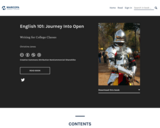
This textbook is an English 101 text that includes rhetoric and approaches to research.
- Subject:
- English Language Arts
- Material Type:
- Textbook
- Provider:
- Maricopa Open Digital Press
- Author:
- Christine Jones
- Date Added:
- 08/24/2021

This textbook is an English 101 text that includes rhetoric and approaches to research.
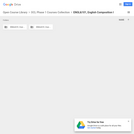
English 101 focuses on the analysis of basic human issues as presented in literature with an emphasis on analytic reading, writing and discussion, and on development of argumentative essays based on textual analysis, with attention to style, audience and documentation. By writing several analytical, thesis-driven essays which show engagement with and understanding of a variety of texts, students will practice the critical thinking, reading and writing skills which comprise an important component of college and university studies as well as clear, audience-appropriate communications in other professional settings.This class is comprised of a series of three units, each of which is centered around an essay assignment. For each unit, in addition to the essay itself, youŰŞll be asked to respond to reading assignments and to complete exploratory writing assignments. YouŰŞll do a lot of reading and writing, and your instructor will ask you to respond to ideas from our texts, from specific assignments, and from each other. Login: guest_oclPassword: ocl

A collection of digital texts curated by the College of DuPage Composition Steering Committee to align with ENGLISH 1102: Composition II course objectives. These materials are freely available online and are licensed as indicated in the source material.
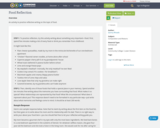
An activity to practice reflective writing on the topic of food.

This writing assignment--the formal argument--requires students to use the comparison/contrast mode to support a stand on a controversial historial issue, along with material from sources chosen by their instructor.
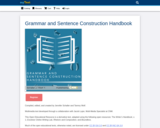
This textbook covers grammar and style conventions for students who will write academic papers at the college level. It is a synthesis of multiple textbooks and it contains videos and short quizzes on the content. This textbook is used in English Composition courses at Central New Mexico Community College.
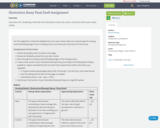
Instructions for completing a final draft oif an illustration essay to be used in conjunction with a peer review activity.

A prewriting and draft assignment to be used alongside an illustrative essay prompt
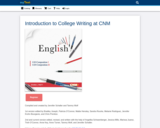
This textbook is used in Composition I and II courses at Central New Mexico Community College. It is a synthesis of multiple OER sources and responds to the outcomes of the two courses.
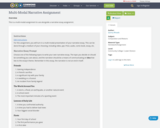
This is a multi-modal assignment to use alongside a narrative essay assignemnt.
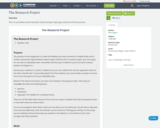
This is a summative, end-of-semester research project requiring a minimum of five (5) sources.
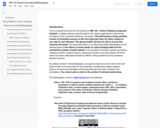
This is a shared document for the students in WR 122 - Critical Thinking & Argument Analysis: a college writing course focused on the various approaches to discerning concepts of truth, academic authority, and justice. This will become a living, growing archive of annotated sources on this very important topic for future classes to use, add to, and reference. The general public will also be able to access this research document. The document is a working annotated bibliography on the diverse theme of the effects of social media on critical thinking skills and the substantive analysis of public debate. It is compiled of scholarly, popular, and online magazine articles, research reports, audiovisual content, and news articles. All of the items have been collected/annotated by MHCC writing students and the professor, Andrew Gurevich.
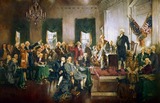
Geoffrey Kenmuir - Passaic County Community College. This assignment prepares first-year students to perform academic research. Specifically, by working with a complex text such as the US Constitution, they will be required to write summaries (articles), paraphrases (definitions), and create a Works Cited Page that adheres to MLA standards. By developing these fundamental skills they will have an opportunity to self-assess their abilities, and realize which research skills are lacking, and which are strong.

This video presents "comparison and contrast" as a rhetorical mode. Students can select a captioned version, an uncaptioned version, and/or a full transcript.

This lecture presents "Definition" as a rhetorical mode. The lecture is offered in three different formats: a video without captions, a video with captions, and a full transcript.

This video presents "division and classification" as a rhetorical mode. Students can select a captioned version, an un-captioned version, and/or a full transcript.

This lecture introduces figurative language or "figures of speech"--including metaphor, simile, and personification--and provides examples of their use in everyday, literary, and academic writing. The lecture is offered here in three different formats: video with captions, video without captions, and a text transcript.

This lecture presents Illustration as a rhetorical mode for composition. The lecture is offered here in three different formats: video without captions, video with captions, and a full text transcript.

This lecture is intended to help writers to recognize and avoid mixed metaphors and malaprop in their own writing and others'. These are common errors in writing and speaking that are especially common in English, which is full of "invisible" figurative language. The lecture is offered here in three different formats: video without captions, video with captions, and a full transcript.

This video presents "narration" as a rhetorical mode. Students can select a captioned version, an uncaptioned version, and/or a full transcript.